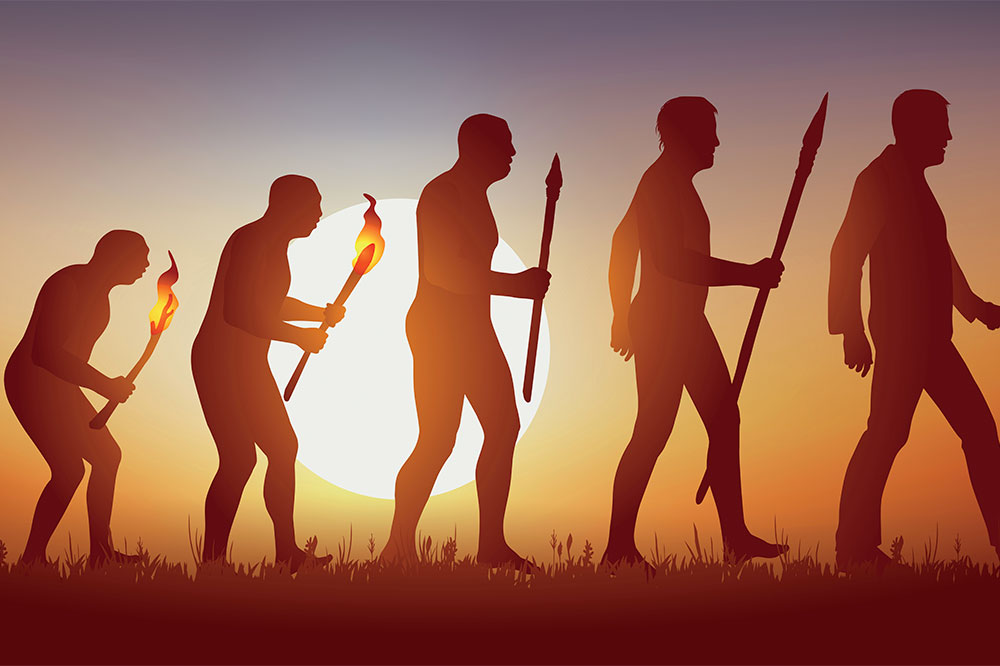The Development of Society and Its Main Features
Explore the evolution of societies from primitive hunting groups to modern postindustrial communities. Understand key types, characteristics, and the responsibilities of members in fostering a thriving community across different eras, highlighting technological progress and social dynamics.

Society refers to a collective of individuals sharing a common territory, culture, and social interactions. A social group comprises two or more people who connect and identify with each other. Living within a society does not necessarily mean sharing geopolitical borders, such as neighboring countries. Both the community and its members rely on each other for growth and sustainability. This article explores how societies have evolved over time and highlights their key characteristics.
Types of Societies
Humans are inherently social creatures, forming various societies throughout history to fulfill mutual needs. Each type of society served unique purposes at its inception.
The six primary types of societies are:
Hunting and Gathering Societies: These earliest societies were small, simple, and centered around hunting and gathering. People chose resource-abundant areas, moved frequently, and owned few possessions.
Pastoral Societies: Emerging about 12,000 years ago, these societies depended on domesticating animals for food and transportation. They often migrated to new lands when resources dwindled and still exist today in arid regions without large-scale agriculture.
Horticultural Societies: Focused on cultivating fruits, vegetables, and plants, these societies shared mobility with pastoral groups, moving when resources were exhausted.
Agricultural Societies: Using basic technology to farm staples like rice, corn, wheat, and barley, these societies saw population growth and urban development, establishing towns as commercial hubs with diverse roles such as traders and leaders.
Industrial Societies: Technological advances led to factory-based manufacturing and increased socio-economic stratification, with heightened inequality.
Postindustrial Societies: Marked by technological innovations like computers, these societies emphasize knowledge, services, consumerism, education, and social mobility, moving far from primitive origins.
Key Traits of Societies
Individuals are central to any society; without people, a community cannot exist. Society is a system of relationships characterized by differences and similarities, interdependence, stability, dynamism, cooperation, conflicts, cultural richness, accommodation, and integration.
Members' Responsibilities
Society depends on its members to fulfill structured roles and responsibilities to ensure its prosperity. Responsibilities include maintaining cleanliness, paying dues timely for maintenance and utilities, engaging in community activities, resolving disputes peacefully, and adhering to rules and regulations. Active participation and respectful coexistence foster a healthy, thriving community.









